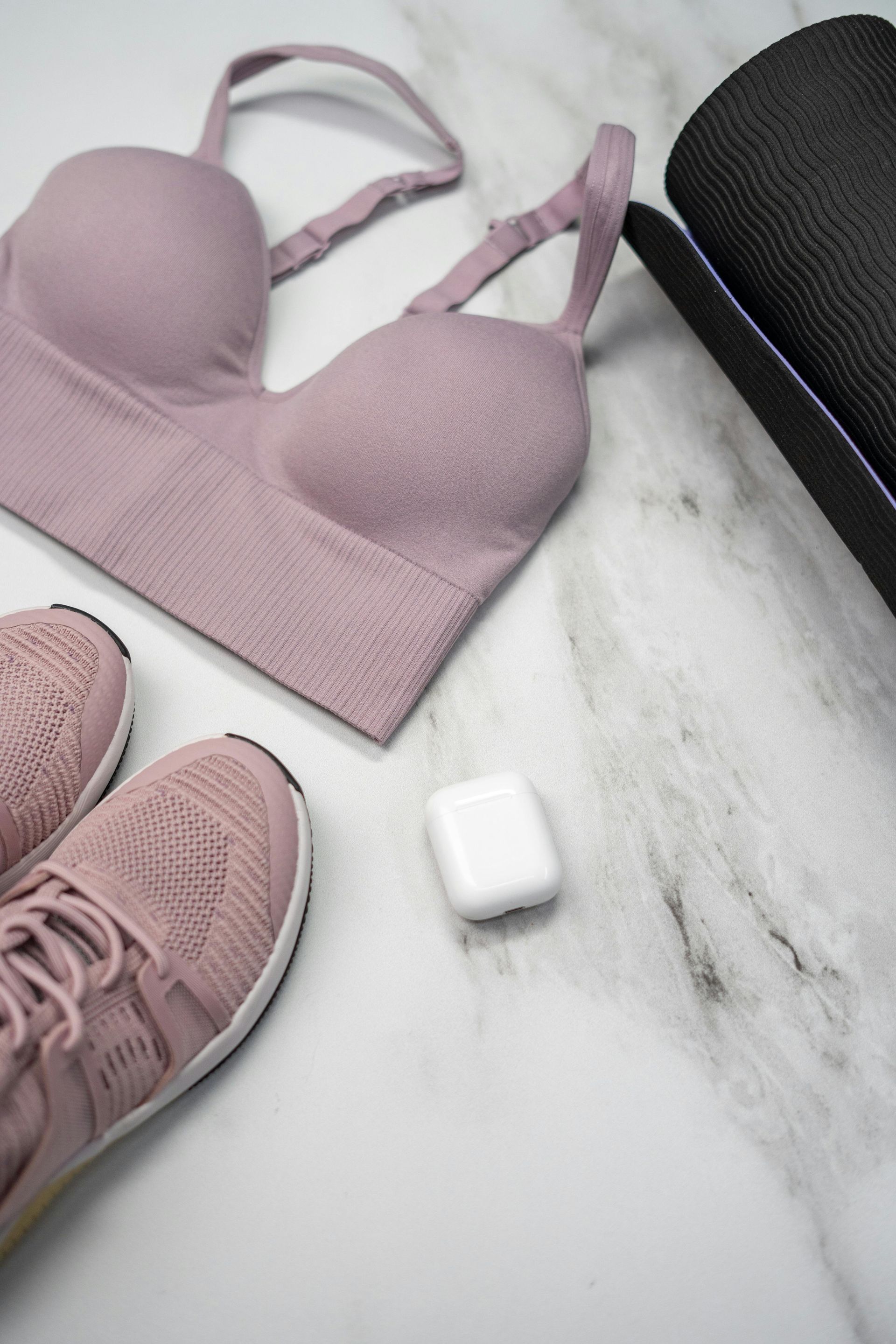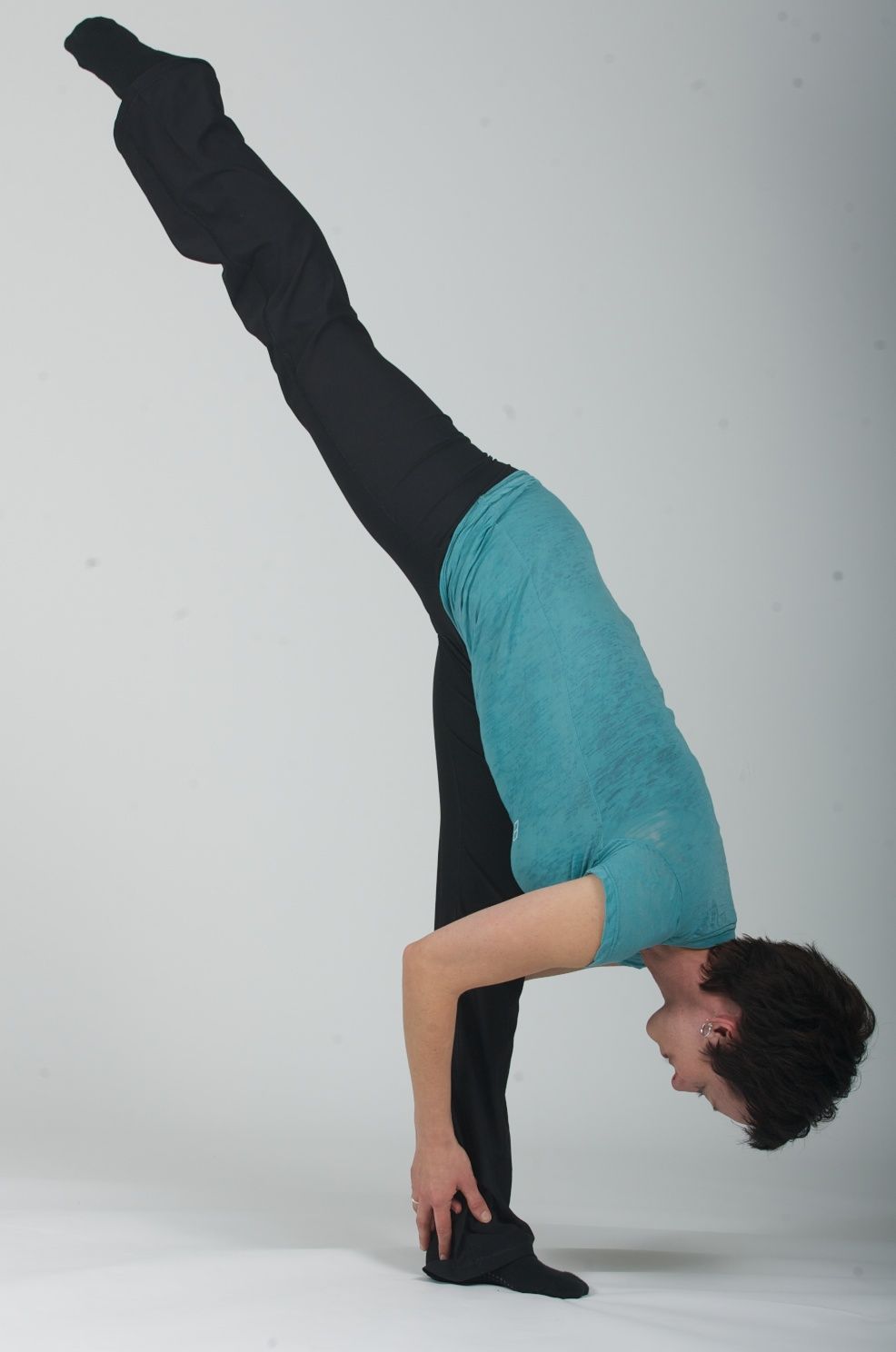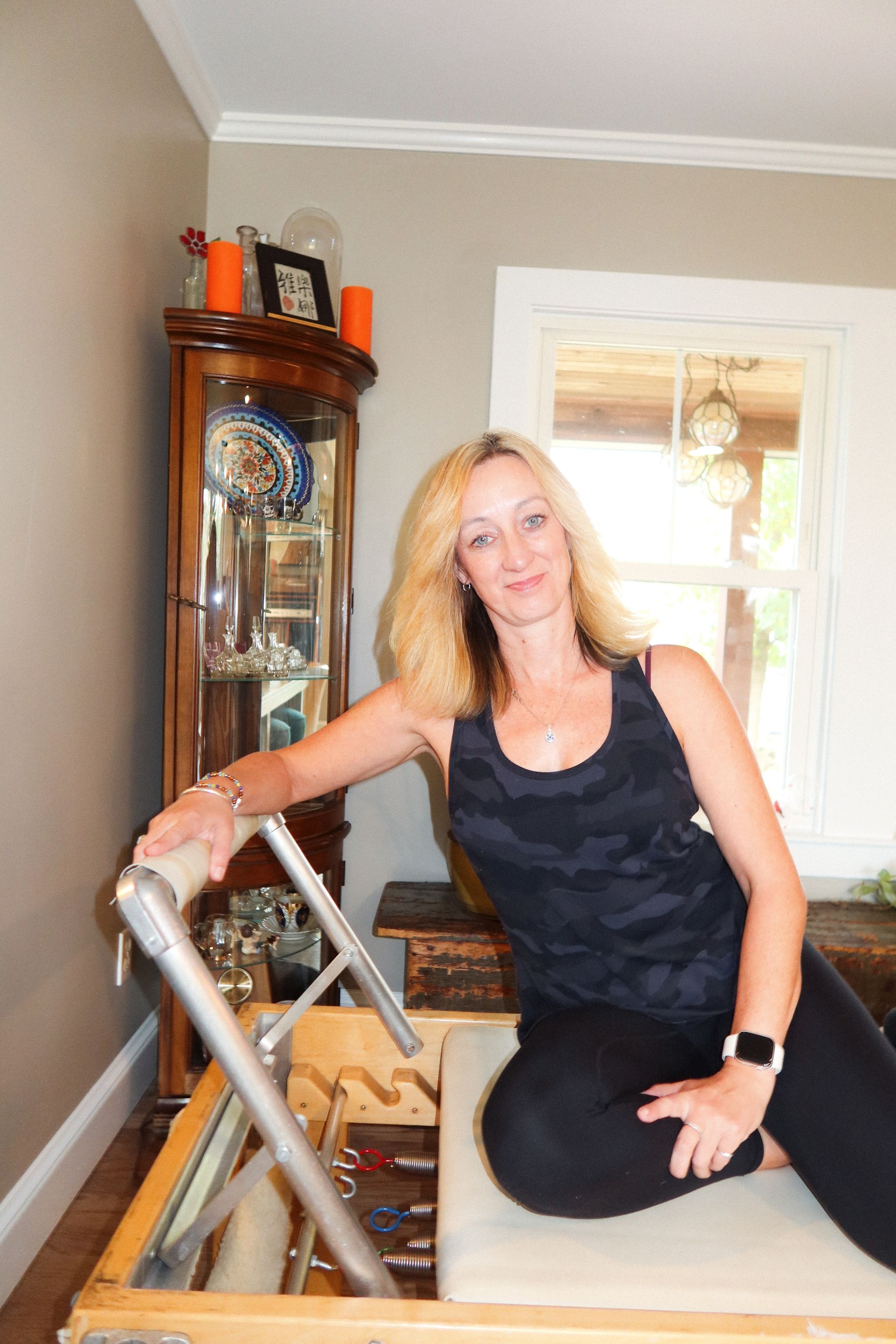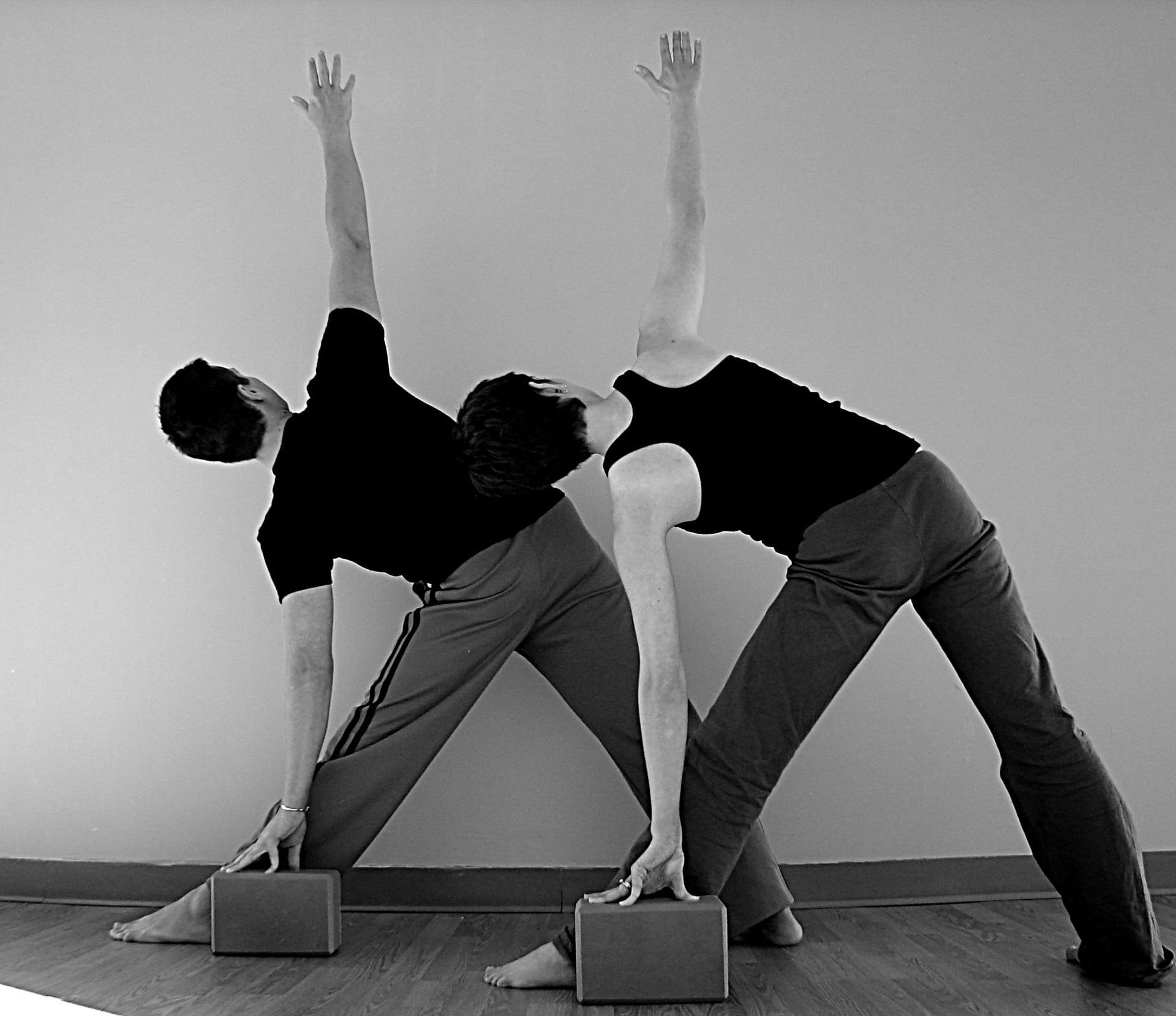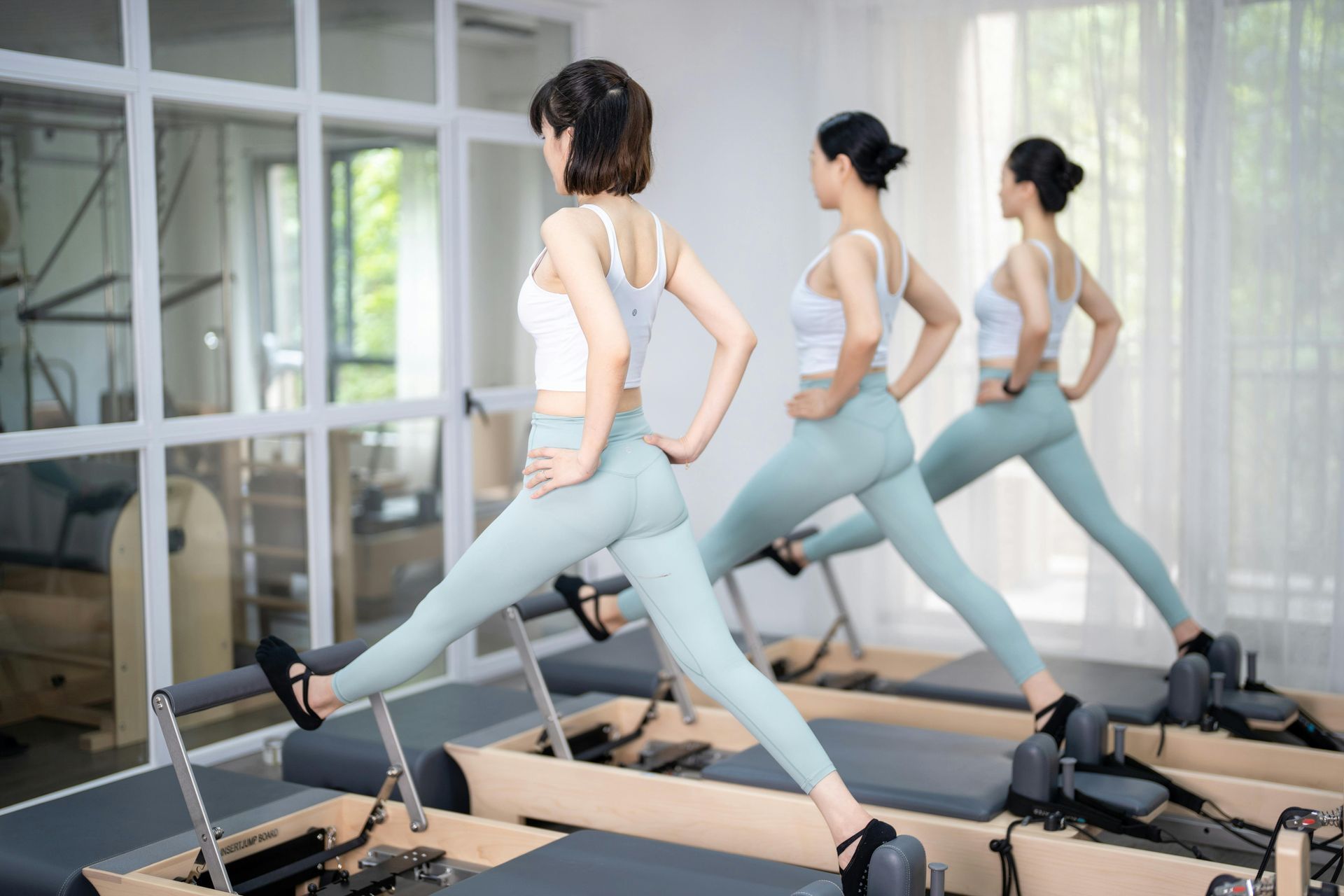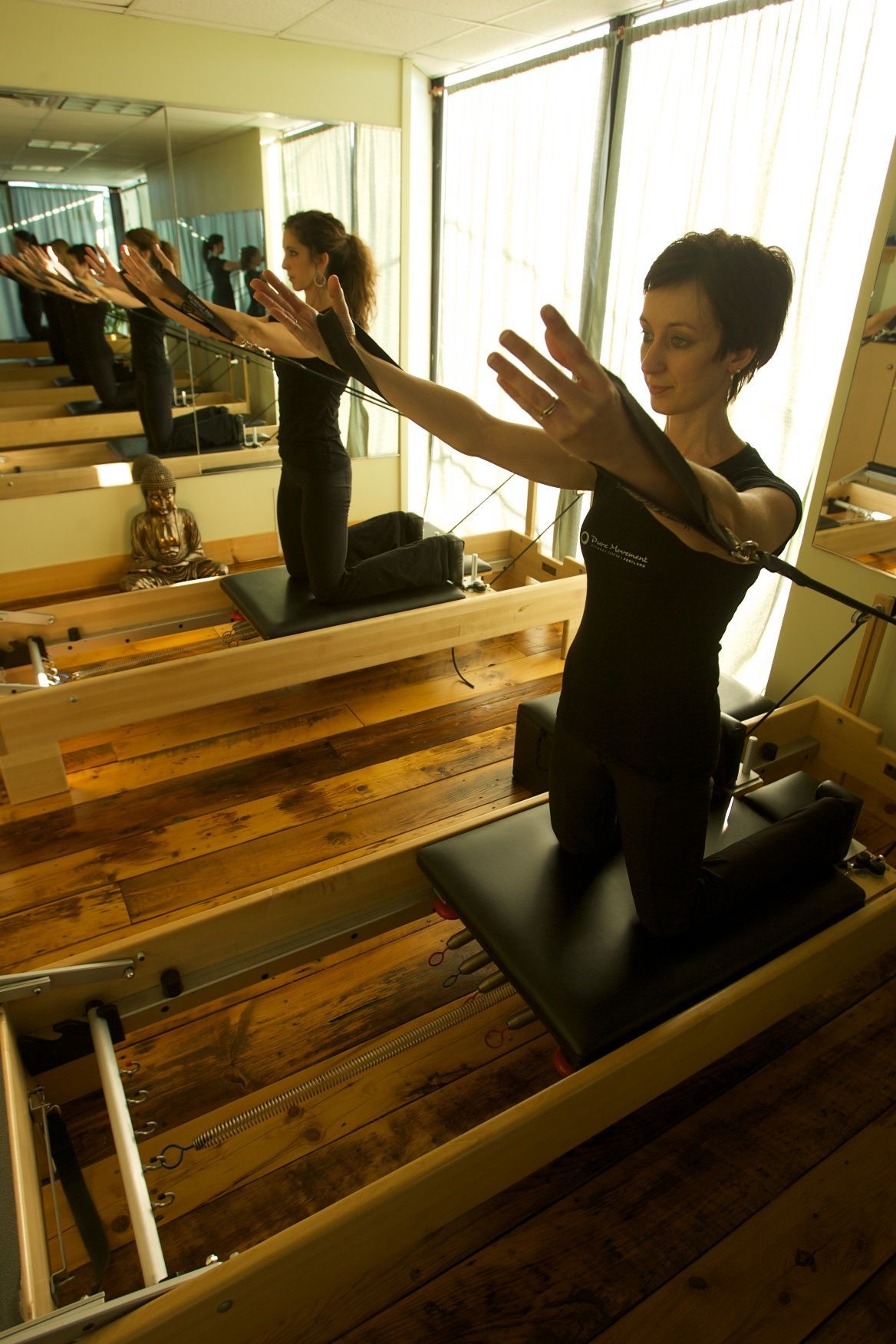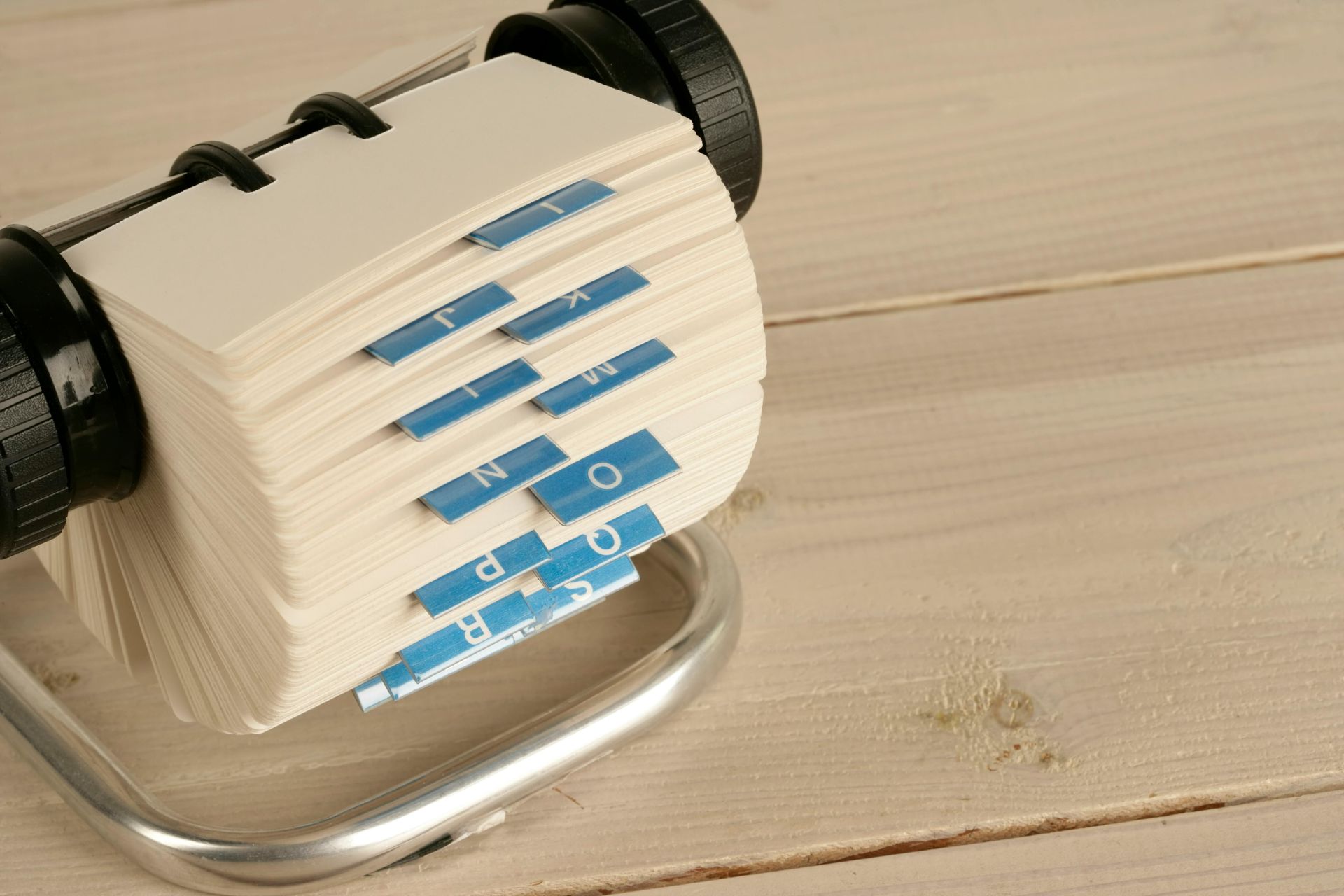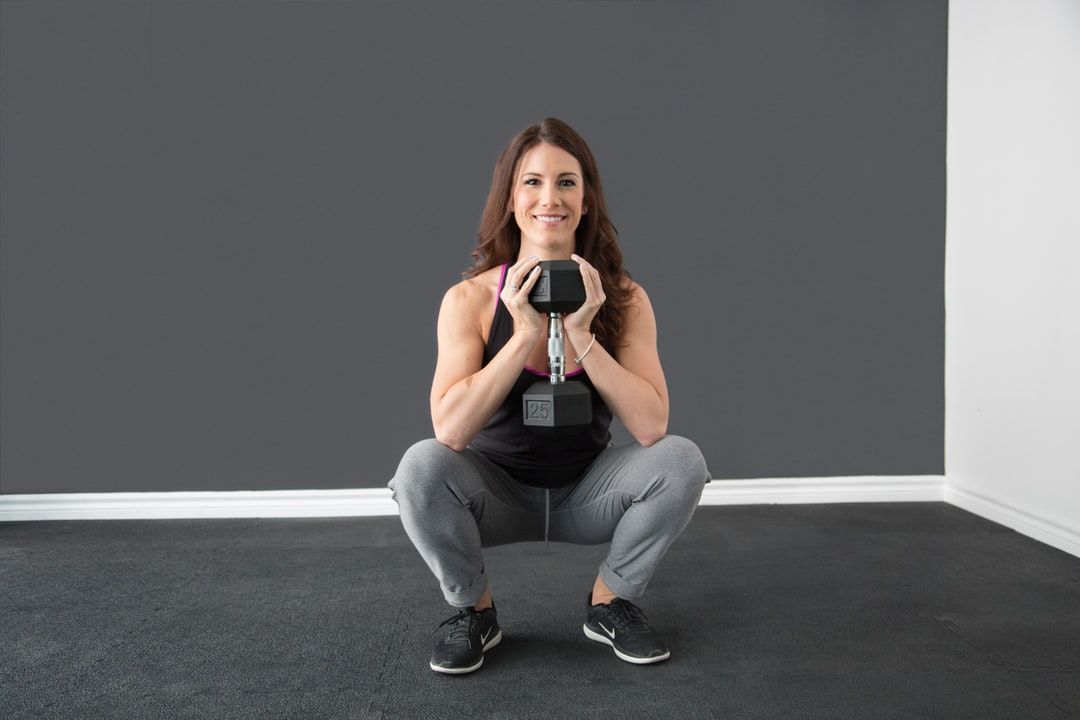The Springs ARE the Foundation
Why Teaching Reformer Pilates Starts with Resistance
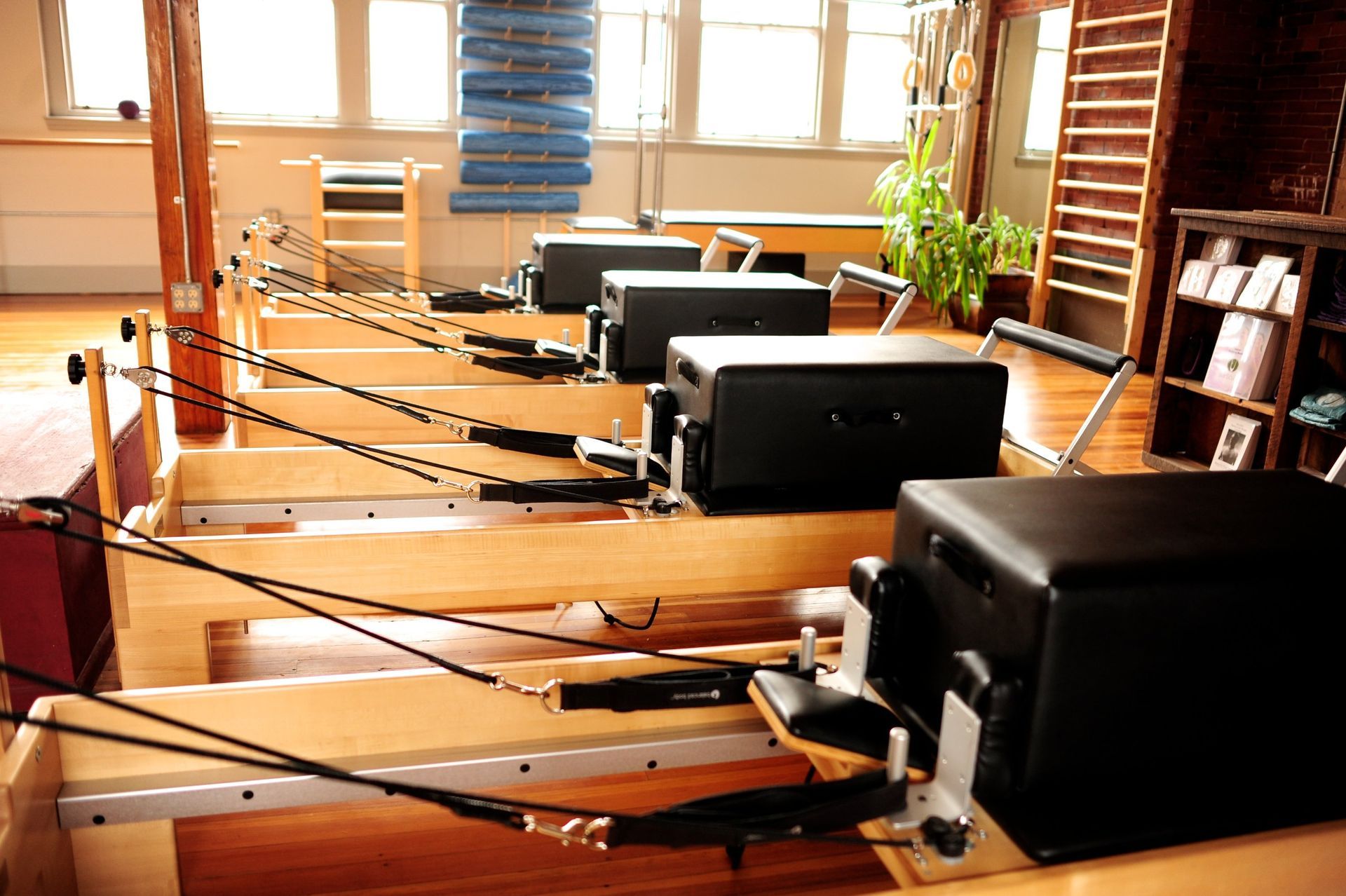
One of the most fundamental principles of teaching in BarSculpt is that we start from the foundation. On the mat or in a studio-based barre class, this means cueing the body part connected to the floor first—the feet, the hips, or whatever is providing grounding. This ensures that clients establish correct alignment before moving through an exercise. Strong execution depends on stability, and stability always begins with the foundation.
But when we step onto the Reformer, the foundation changes. On this piece of apparatus, the floor is no longer the first point of reference. Instead, the foundation is the springs. Springs provide the resistance, the support, and the safety net that determines how an exercise is performed and how a client experiences it.
If there’s one thing every Pilates instructor must commit to memory, it’s this: we always teach from the springs first.
Why the Springs Are the True Foundation
Unlike the solid, predictable stability of the floor, springs are dynamic. They are adjustable, variable, and alive in the sense that they literally change the quality of every exercise performed on the Reformer.
Springs:
- Alter the level of challenge in the exercise
- Change whether the exercise feels supported or unsupported
- Influence which muscle groups are recruited
- Impact alignment, safety, and control
If the springs aren’t addressed first, everything else that follows may be compromised. Clients may strain, lose balance, or even risk injury—all because the foundation wasn’t established before movement began.
Why Springs Are Both Powerful and Dangerous
Springs are not inherently dangerous, but they become so when misunderstood. The very feature that makes the Reformer so powerful—its adjustability—is also the feature that requires the most respect.
1. Misconception: More Springs = Harder Workout
Many clients, particularly those who lift weights or come from a gym culture, instinctively want to load the carriage with as many springs as possible. To them, resistance equals strength, and strength equals results.
But in Pilates, more springs do not necessarily make the movement harder. In fact, often the opposite is true. Adding springs can provide greater support, helping stabilize the carriage so that smaller stabilizer muscles can work more effectively.
Take footwork, for example: more springs add resistance but also keep the carriage steady, so the body can organize more easily. Removing springs destabilizes the exercise, requiring much more control and core recruitment. The “harder” workout often comes with less spring support, not more.
2. Misconception: Fewer Springs = Easier Workout
Clients are frequently surprised to discover that exercises on fewer springs often feel more challenging. Why? Because fewer springs mean less assistance from the apparatus. Without support, the body must control every inch of the movement. This is where the deep stabilizing muscles—the ones Pilates is famous for targeting—come into play.
A prime example is Long Stretch Series. On lighter springs, the carriage becomes harder to control. It shakes, slides, and demands a level of core engagement that surprises even strong athletes.
So while more springs create resistance, fewer springs remove support—and that is often where the real challenge lies.
3. Safety First: Always Add Before You Subtract
In BarSculpt training, one non-negotiable teaching rule is this: always cue to add springs before subtracting them.
Why? Because removing springs creates instability. If a client thinks they are working with heavy springs but are actually standing on a light load, the carriage may fly away underneath them. This can be jarring, destabilizing, and even dangerous.
Imagine a client standing on the carriage preparing for Standing Side Splits. If they expect heavy springs to hold the carriage steady but it’s actually set light, one push can send the carriage sliding out from under their feet. A simple spring miscue can turn into a serious fall risk.
This is why springs must be treated with the same respect as the floor itself. They are the foundation, and without clear direction and correction, the entire exercise is compromised.
How Springs Alter the Exercise Experience
Every spring change fundamentally transforms the exercise. This is one of the reasons Reformer Pilates never grows stale: the possibilities for variation are endless.
- Muscle Recruitment: Heavy springs may recruit larger, global muscle groups, while lighter springs challenge stabilizers.
- Range of Motion: Spring tension can increase or decrease how far the carriage moves, altering intensity.
- Balance & Control: Low-spring settings test coordination and neuromuscular control.
- Fatigue Patterns: Without thoughtful spring changes, one muscle group can be overly fatigued, preventing proper execution in later exercises.
This last point is key: a well-designed class uses spring changes to balance muscular fatigue and recruitment. Classes without spring changes often overwork certain muscle groups, leaving others undertrained.
Pilates Is Not About Muscling Through
A common mistake in Reformer classes is approaching the work as if it were weightlifting—muscling through with brute strength. But Pilates is about precision, awareness, and integration.
Piling on springs to “make it harder” undermines the method. The challenge in Pilates doesn’t come from how much weight you can move—it comes from how mindfully you can control your body through resistance and instability.
One of the best ways to bring freshness and depth to a class is to teach the same sequence with different spring settings. Students quickly discover that what felt accessible on one spring load becomes infinitely more challenging—or supportive—on another. This keeps clients engaged, humble, and aware of how versatile the Reformer truly is.
A Story of Springs Gone Wrong
Every Pilates teacher eventually has a story about spring settings catching a client off guard. One of the clearest examples comes from a client who was new to the Reformer but strong and confident, accustomed to heavy gym equipment.
During a session, she was preparing for Standing Work—feet wide on the carriage, ready to push out. She assumed she was working with heavy springs, but the carriage had been set light. As she pushed, expecting resistance, the carriage shot away beneath her. Her balance faltered, and in that split second the exercise became not about control, but about recovery.
Fortunately, she caught herself, but it was a powerful teaching moment: springs are not intuitive for newcomers. What feels like “light” or “heavy” on the Reformer is very different from what feels light or heavy in the gym. Without clear instruction and teacher vigilance, something as simple as a spring miscalculation can quickly become unsafe.
This is why in BarSculpt training, we repeat the mantra: springs first, always.
The Teacher’s Responsibility
As teachers, our role is to:
- Establish springs as the foundation of every exercise.
- Educate clients on the effects of different spring loads.
- Design classes that use spring changes to create balance and variety.
- Always cue the springs before cueing movement.
Springs are not just settings on a machine. They are the ground beneath the exercise, the frame that supports every rep, and the tool that brings Pilates to life.
Conclusion: Springs as the Silent Teacher
In many ways, the springs themselves become the silent teacher of Reformer Pilates. They challenge, support, correct, and humble. They teach clients where their control begins and ends. And they remind instructors that teaching from the foundation is not just a principle, but a responsibility.
In mat and barre classes, the foundation is the floor. On the Reformer, the foundation is the springs. By honoring this principle, we keep clients safe, engaged, and progressing in a way that reflects the heart of Pilates itself: mindful movement, executed with precision.
Springs are not simply about resistance. They are about relationship—between body and apparatus, effort and support, teacher and student. And that relationship begins with one simple, powerful rule: cue the springs first.
